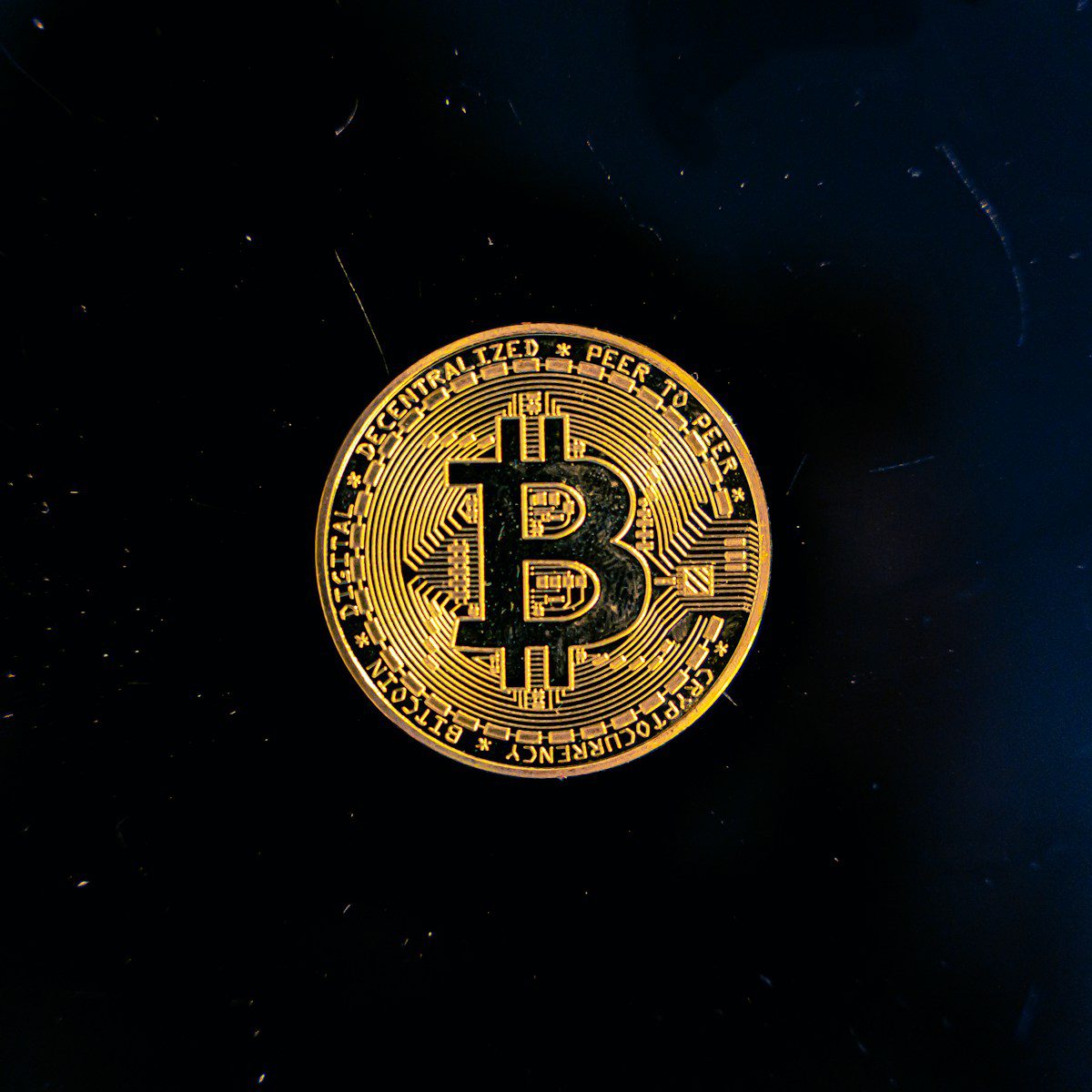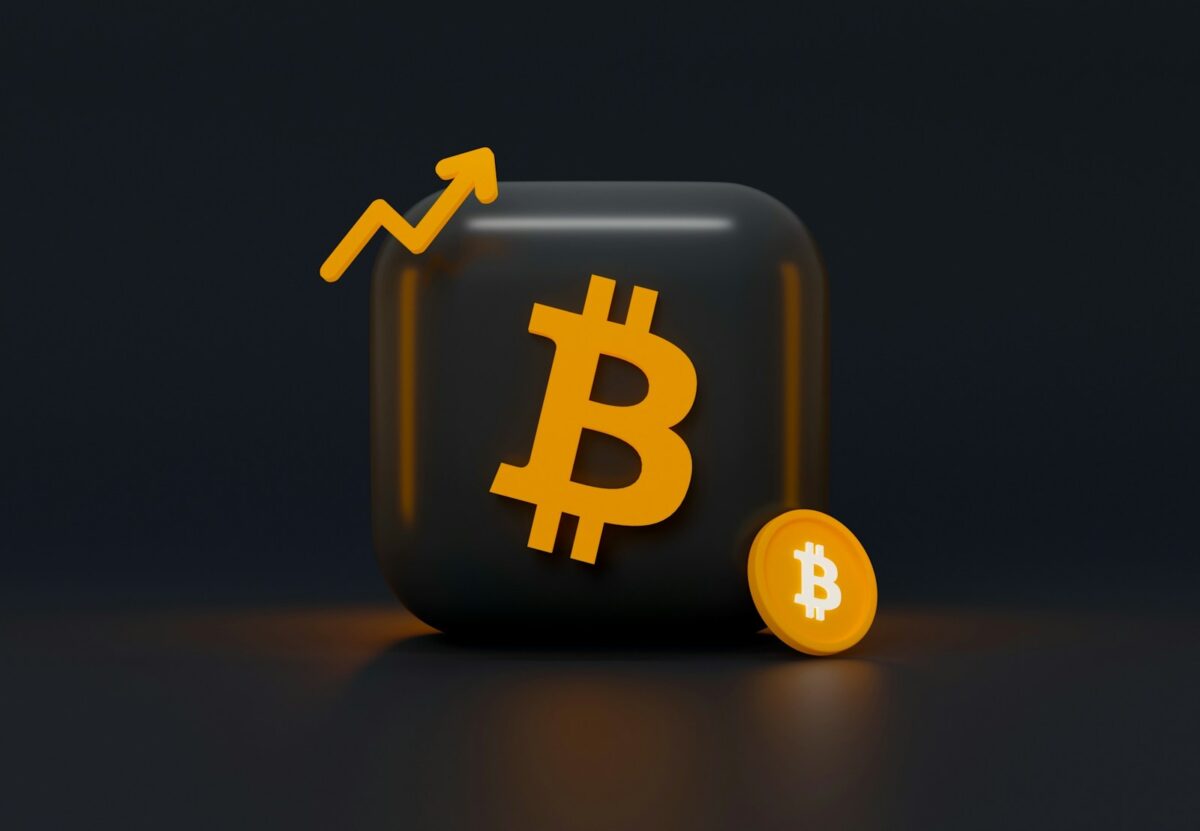
Spot trading basics

Immediate asset exchange occurs in this type of market, where transactions settle instantly or within a very short timeframe. This ensures that buyers and sellers complete their deals without delay, providing clear visibility of ownership changes.
Orders can be executed through various mechanisms, including limit orders that specify a maximum or minimum price for buying or selling. Such controls allow participants to manage entry points carefully while balancing speed and price precision.
The settlement process in this environment confirms final transfer of assets, eliminating counterparty risk associated with deferred delivery. Understanding these core elements enables participants to engage confidently with real-time value exchanges.
Spot trading basics
Understanding the mechanics of immediate asset exchange is fundamental for anyone engaging with cryptocurrency markets. Spot transactions involve the direct purchase or sale of digital assets where settlement occurs instantaneously, reflecting the current market value without delay. This contrasts with derivative contracts where future delivery dates define the terms.
Orders placed on a spot exchange typically fall into categories such as market and limit orders. Market orders execute immediately at the best available price in the order book, ensuring rapid settlement but potentially exposing traders to slippage during high volatility. Limit orders specify a price threshold, waiting until market conditions meet these criteria before execution, allowing for precise control over entry and exit points.
Order Types and Execution Dynamics
Market orders prioritize execution speed over price certainty, often used in scenarios requiring swift exposure or liquidation. For example, if a trader wishes to acquire Bitcoin instantly amid rising prices, a market order guarantees fulfillment but may incur higher costs compared to expected rates. Conversely, limit orders sit on the order book until matched; an investor setting a buy limit below current prices may experience delays or partial fills depending on liquidity.
The structure of settlement within spot operations demands careful attention to counterparty risk and transaction finality. Unlike futures or options that settle at predetermined intervals, spot trades conclude upon confirmation of fund transfer on blockchain ledgers or centralized exchange platforms. This immediacy eliminates margin requirements but necessitates sufficient capital availability at order placement.
- Market Orders: Immediate execution at prevailing prices; useful for rapid entry/exit.
- Limit Orders: Execution contingent upon reaching specified price levels; provides strategic flexibility.
- Settlement: Instantaneous transfer of assets and funds post-trade completion.
Experimental analysis of order book depth reveals that liquidity concentration significantly affects execution quality in spot operations. High-volume pairs like BTC/USD demonstrate tighter spreads and reduced slippage compared to less liquid altcoins. Traders should assess volume metrics alongside volatility indices before selecting order parameters to optimize outcomes.
A practical investigation involves simulating both market and limit requests across different exchanges under varying market conditions. Observations indicate that during periods of elevated volatility, limit orders frequently remain unfilled or partially executed due to rapid price fluctuations, whereas market orders guarantee closure albeit at uncertain cost efficiency. These findings encourage adaptive strategies incorporating real-time data feeds and risk management protocols tailored to immediate asset exchange environments.
How to Place Spot Orders
To execute an immediate purchase or sale of a cryptocurrency asset, one must understand the distinction between market and limit orders within the context of spot exchanges. Market orders guarantee swift execution by matching with existing offers at the best available price, enabling instant settlement on the blockchain. This method suits traders prioritizing speed and certainty of transaction over price precision.
Alternatively, limit orders allow setting a specific price at which to buy or sell an asset. These orders enter the order book and wait until market conditions reach the defined threshold. While this approach may delay settlement, it provides control over entry or exit points, essential for strategic positioning in volatile environments.
Step-by-Step Guide to Placing Spot Orders
The initial step involves selecting a trading pair on the exchange interface that corresponds to the desired cryptocurrency and its counter currency. Following that, choosing between a market or limit order depends on whether immediate execution or price optimization is preferred. For instance, placing a market order to buy Bitcoin with USDT ensures an instant transaction at current ask prices.
When submitting a limit order, specify both quantity and target price precisely. The system will queue this order until matching bids or asks satisfy its conditions. Monitoring open orders allows adjustment or cancellation if market dynamics evolve unfavorably before execution occurs.
Technical platforms often provide additional options such as stop-limit orders that combine conditional triggers with predetermined prices, enhancing risk management capabilities during settlement processes. Understanding these advanced mechanisms requires analyzing their impact on liquidity and potential slippage in active markets.
The settlement in spot transactions occurs immediately upon matching compatible orders, transferring ownership directly without leverage or derivatives interference. This direct exchange contrasts with futures contracts where delivery is deferred. Therefore, understanding how different types of orders influence timing and pricing can significantly improve decision-making efficiency in operational environments.
An experimental approach involves placing small test orders under varying market conditions to observe fill rates and slippage effects between order types. Such practical investigations reveal how liquidity depth affects execution quality and highlight scenarios favoring either aggressive market taker strategies or patient limit placements for cost reduction.
Understanding Market Fees in Immediate Asset Exchanges
The fee structure applied during immediate asset exchanges directly impacts the overall cost of each transaction and should be carefully analyzed before execution. Typically, fees are divided based on the type of order placed: those that provide liquidity by setting limit orders and those that consume liquidity through immediate execution. For example, placing a limit order that remains unfilled does not incur instant fees until matched, whereas market orders triggering immediate settlement generally involve higher charges due to their immediacy.
Exchanges often differentiate between *maker* and *taker* fees, reflecting whether an order adds or removes liquidity from the order book. Maker fees apply when an investor places a limit order that rests in the market waiting for a match, contributing to market depth. Conversely, taker fees are charged when executing an existing order immediately, removing liquidity. Understanding these distinctions is fundamental for optimizing transaction costs within any active exchange environment.
Examining specific fee models reveals varied approaches depending on platform design and volume tiers. Some exchanges implement tiered discounts where higher cumulative volumes reduce fee percentages–this encourages frequent participation and larger settlements. For instance, a trader placing multiple limit orders at strategic price points might pay significantly less per transaction compared to one repeatedly executing immediate orders at market prices. This dynamic incentivizes thoughtful positioning over rapid consumption of available offers.
Technical case studies demonstrate how fee structures influence behavior and profitability. In one scenario, users employing algorithmic strategies to place staggered limit orders benefited from minimized expenses by avoiding taker fees while achieving favorable fills through patient matching. Conversely, high-frequency immediate executions incurred elevated costs but allowed for swift portfolio adjustments aligned with volatile market conditions. Such findings encourage systematic experimentation with order types and timing to identify optimal fee-efficient practices tailored to individual goals.
Managing Spot Trade Risks
Risk mitigation in immediate asset exchange requires precise execution of orders and awareness of settlement protocols. Ensuring that purchase or sale requests are aligned with current market conditions minimizes slippage and unexpected price movements. Utilizing limit orders instead of market orders can provide control over entry and exit points, reducing exposure to volatile fluctuations.
Understanding the settlement mechanism is critical since instantaneous exchanges differ from futures or derivatives where delivery occurs later. In spot exchanges, ownership transfers immediately upon transaction confirmation, making timing and network reliability key factors. Delays in settlement due to blockchain congestion or exchange latency can introduce risks such as price gaps or partial fills.
Techniques for Risk Reduction in Immediate Asset Exchanges
One practical approach involves diversification across multiple assets to avoid concentration risk during volatile periods. For instance, splitting capital between several cryptocurrencies reduces vulnerability to a single asset’s adverse movement. Additionally, employing stop-loss orders systematically limits potential losses by triggering automatic sales when prices fall below predetermined thresholds.
Algorithmic execution strategies also enhance precision by breaking large volumes into smaller chunks executed over time, preventing sudden market impact. Such tactics mimic professional methodologies used in institutional environments where minimizing slippage and maintaining anonymity are priorities. Backtesting these strategies against historical data reveals improved consistency and lower drawdowns.
- Order Type Selection: Limit versus market orders influence price certainty and fill probability.
- Settlement Timing: Blockchain throughput affects confirmation speed impacting trade finality.
- Volatility Assessment: Monitoring intraday volatility guides timing decisions for order placement.
A detailed case study involving Ethereum spot transactions showed that executing limit orders at 0.5% below the best ask price reduced average purchase costs by approximately 1.2% compared to immediate market buys during high congestion intervals. This outcome highlights the importance of patience and strategy calibration in environments characterized by rapid price shifts.
Finally, continuous monitoring of network fees (gas costs) is necessary since excessive transaction costs may erode profit margins despite favorable price executions. Employing off-chain solutions or layer-two protocols for settlement can alleviate some risks related to cost unpredictability while maintaining immediacy in asset transfers. Experimentation with different fee tiers provides insight into balancing speed and expense effectively.
Selecting Reliable Platforms for Immediate Asset Exchange: Technical Conclusions
Prioritize platforms offering transparent and verifiable mechanisms for order placement and execution, especially regarding limit orders. The precision in matching these conditional requests within the instantaneous exchange environment directly impacts capital efficiency and risk exposure. A platform’s capacity to handle high-frequency submissions without latency-induced slippage ensures integrity throughout the market lifecycle.
Settlement reliability must be examined beyond superficial uptime metrics. Investigate how each system manages finalization of asset transfers post-execution, including confirmation times, ledger consistency, and rollback contingencies. Robust settlement protocols reduce counterparty risk and enhance trustworthiness in dynamic environments where immediate fund availability is critical.
Technical Considerations Impacting Platform Choice and Future Trends
- Order Book Transparency: Real-time depth visibility fosters informed decision-making; platforms utilizing decentralized order books or hybrid models provide added resilience against manipulation.
- Execution Algorithms: Advanced matching engines employing deterministic logic improve fairness and reduce arbitrage opportunities, important when handling complex order types beyond simple market or limit instructions.
- Latency Metrics: Sub-millisecond processing windows are increasingly indispensable as algorithmic strategies proliferate; distributed architectures can mitigate bottlenecks inherent in centralized systems.
- Settlement Finality: Integration with blockchain confirmations introduces deterministic settlement but necessitates balancing speed with security assurances–layered solutions may offer scalable improvements here.
The trajectory of asset exchange interfaces suggests deeper integration between on-chain validation and off-chain order orchestration, creating hybrid models that leverage cryptographic proofs to guarantee settlement while maintaining high throughput. Researchers should probe methods for embedding zero-knowledge proofs or state channel techniques into the clearing process to further reduce reliance on trust assumptions.
This ongoing synthesis of computational rigor with financial mechanics challenges practitioners to question existing paradigms of liquidity provisioning, price discovery, and systemic resilience. By dissecting individual components–from order entry parameters through final asset allocation–one can foster more predictable and secure environments for immediate digital asset conversion across diverse participant profiles.


